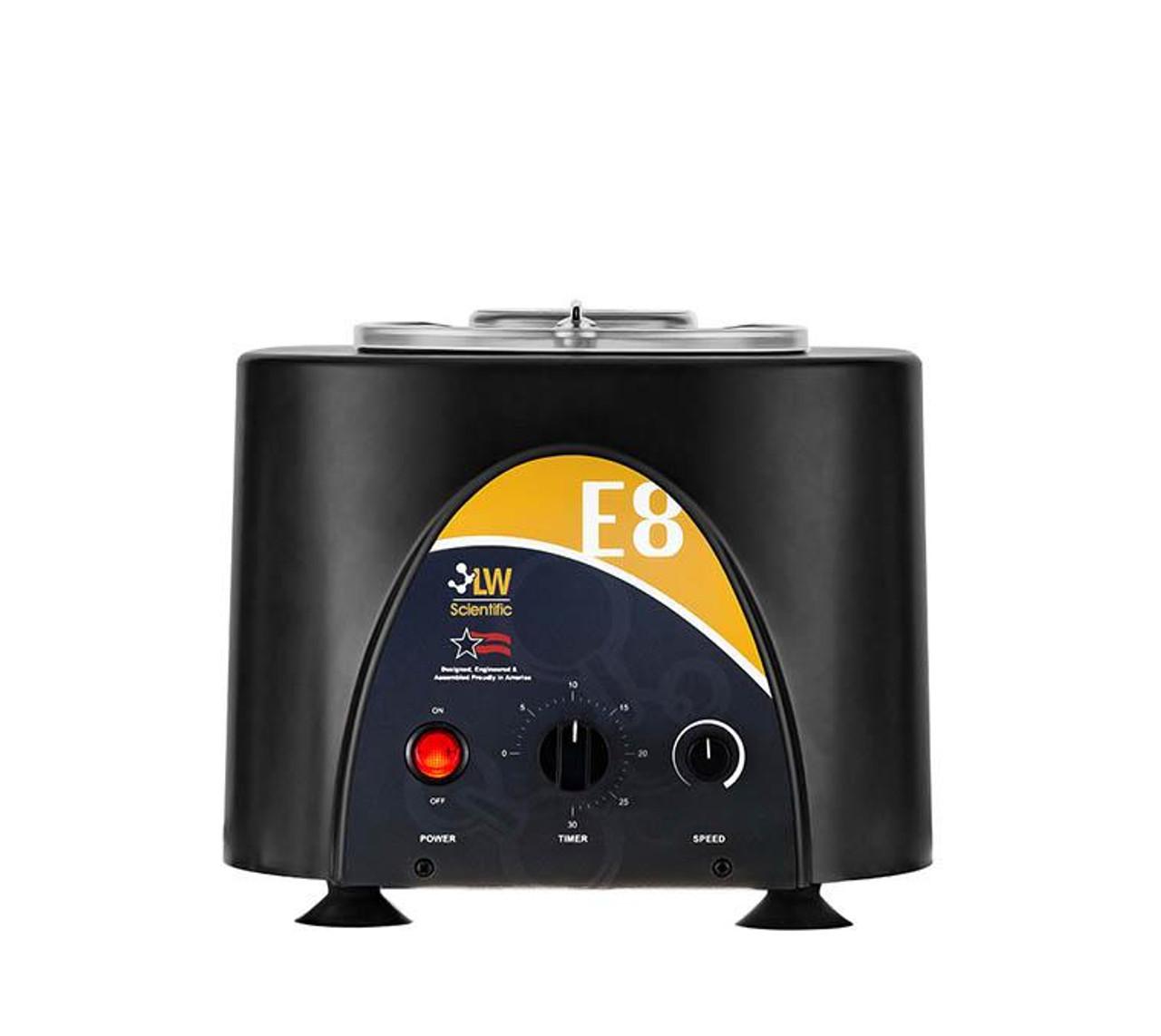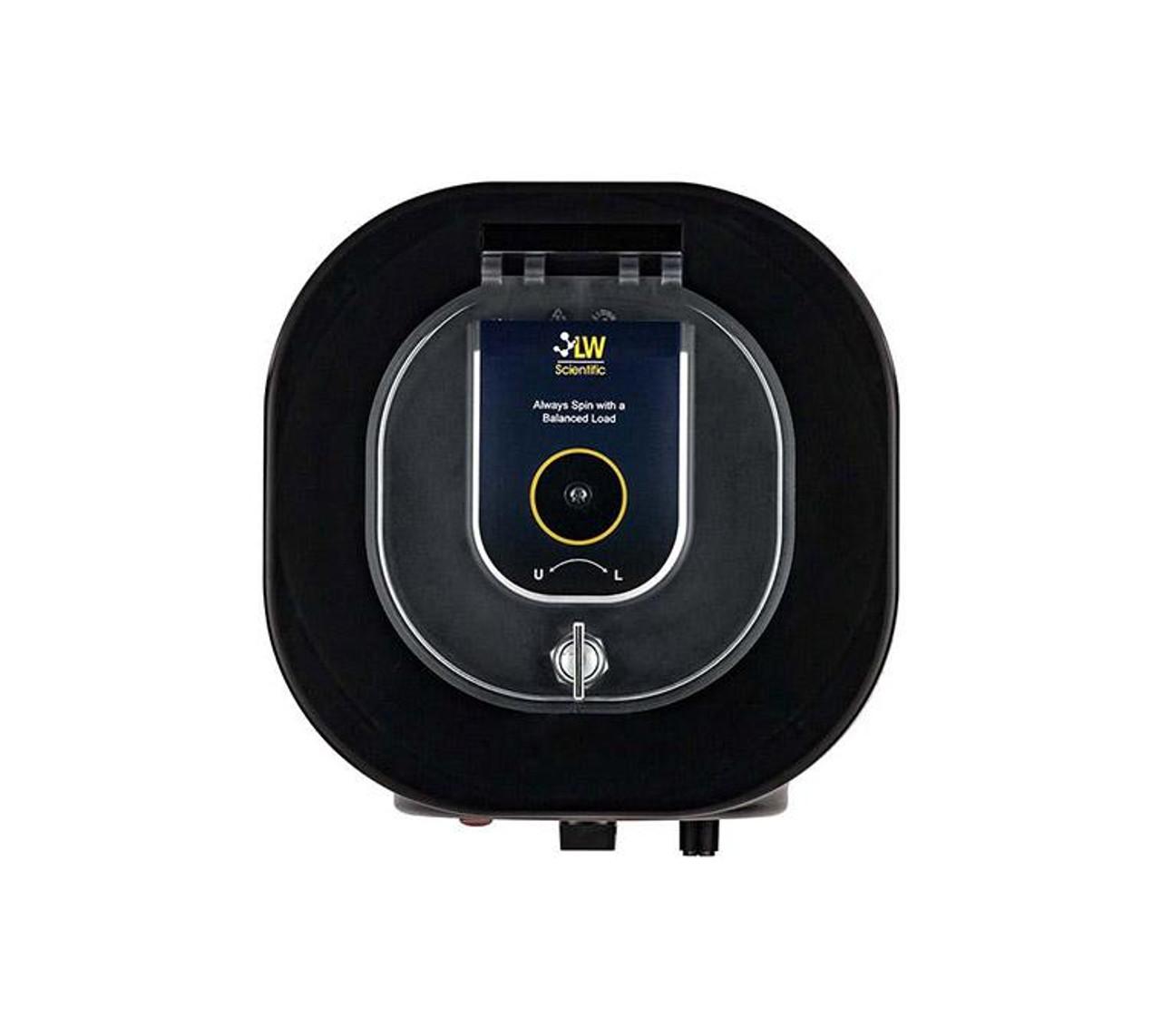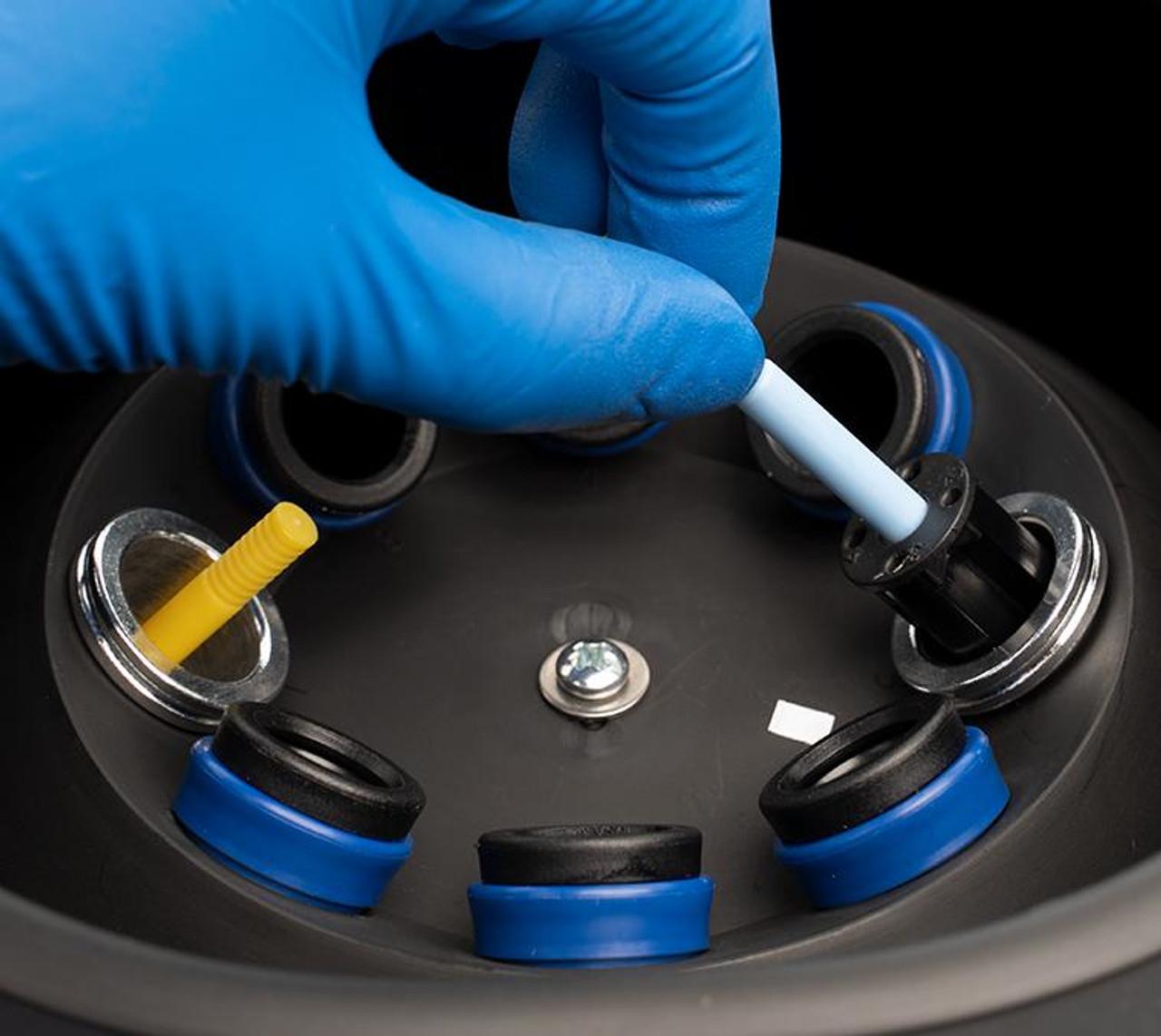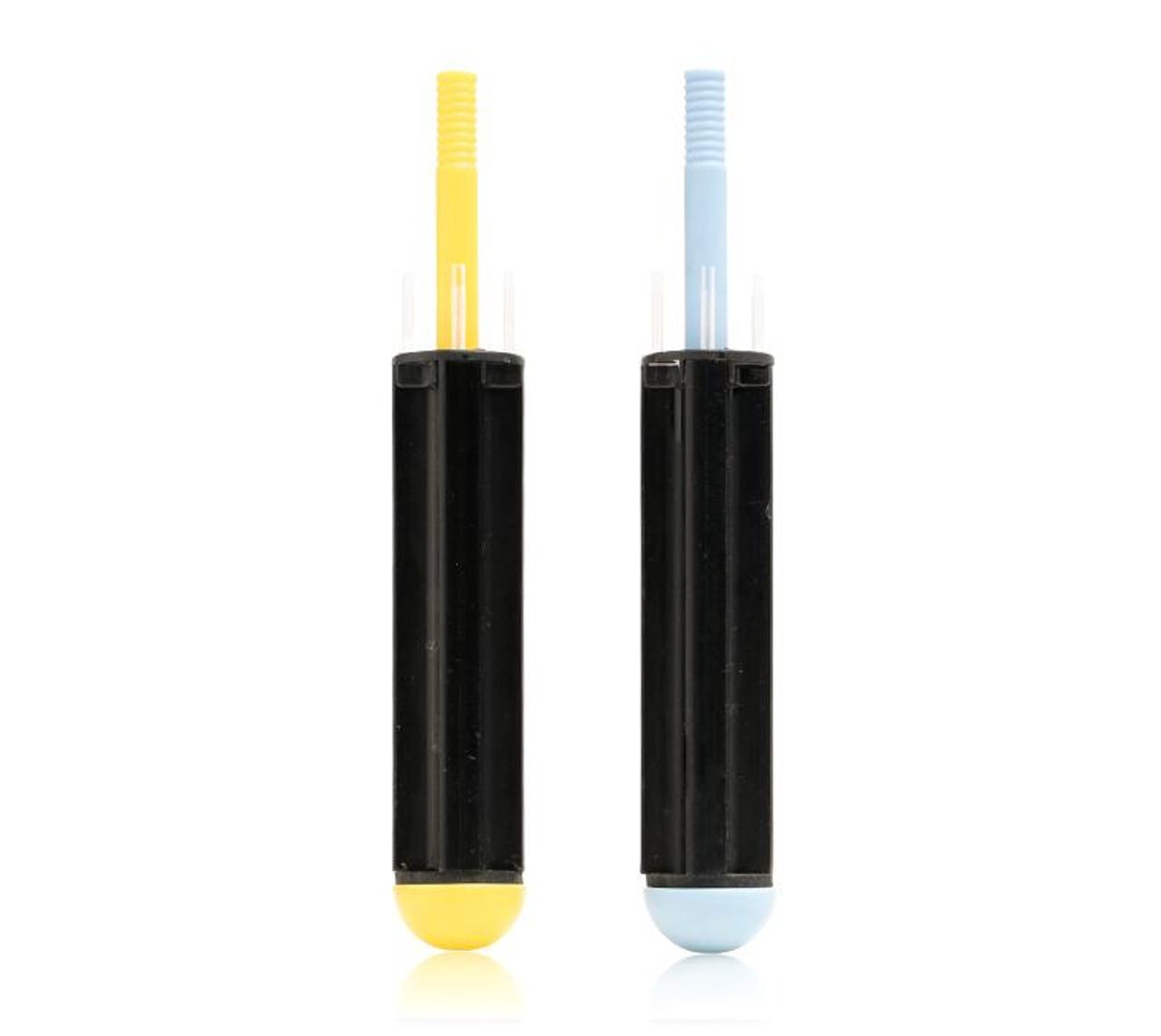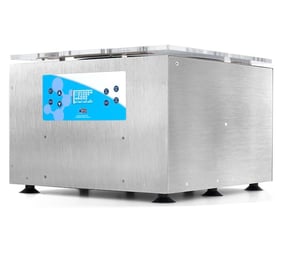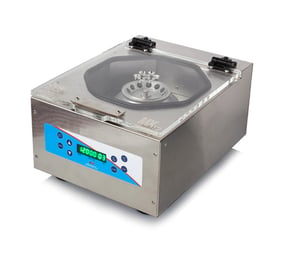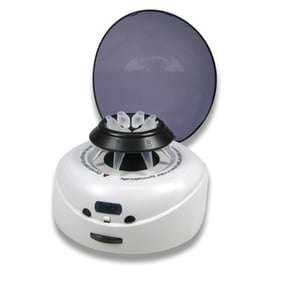PRP Combination Centrifuge E8
Package Includes:
- 8-place tube rotor
- 8 x 15ml (15mm x 105mm) tube sleeves
- 8 x 13x75mm tube sleeve inserts
Overview
The E8 Variable Centrifuge is a multipurpose centrifuge designed for a variety of laboratory applications, including blood separations, urine sediments, microhematocrits, and other routine procedures. This model is packed with features and improvements, making it a versatile and convenient option for labs of all types.
Key Features:
- Versatile Applications: Ideal for blood separations, urine sediments, microhematocrits, and other routine laboratory procedures.
- Quiet Operation: Operates quietly, reducing noise in busy lab environments.
- Precision Results: Auto-calibrating speed function ensures accurate and consistent results.
- Auto-Brake Feature: Stops the rotor in less than 30 seconds, saving valuable time.
- Variable Speed Control: Separates blood at 3,500 rpm and can be adjusted for lower g-force separation of other fluids, such as urine specimens.
- Maintenance-Free Motor: Equipped with a 12-volt DC motor that requires no maintenance.
- Clear View Port: Lid includes a clear view port for using a tachometer to monitor speed.
- Safety Features: Suction-cupped feet prevent slipping during operation, and a lid safety shut-off switch ensures safe operation.
- Comprehensive Accessories: Includes an eight-place rotor, eight 15ml tube sleeves, and eight 13x75mm tube sleeve inserts.
- Optional Accessories: Optional eight-place "CRIT Carrier" inserts are available for capillary tubes.
Technical Specifications:
- Maximum Speed: 3,500 rpm
- Motor: 12-volt DC, maintenance-free
- Rotor Capacity: Eight-place rotor for 15ml tubes and 13x75mm tube sleeve inserts
- Safety Features: Suction-cupped feet, lid safety shut-off switch, and auto-brake function
- Additional Accessories: Optional "CRIT Carrier" inserts for capillary tubes
Why Choose the E8 Variable Centrifuge:
The E8 Variable Centrifuge is a reliable and versatile centrifuge that is loaded with features to make laboratory processing faster, quieter, and more precise. Its wide range of applications and convenient features make it an ideal option for laboratories that require a dependable and efficient centrifuge. Whether you need to separate blood, urine, or other fluids, the E8 Variable Centrifuge offers the performance and reliability you need to get accurate results quickly and efficiently.
A PRP centrifuge is a specialized device used to separate platelet-rich plasma (PRP) from blood samples. This process involves spinning the blood at high speeds to isolate the PRP layer, which is rich in growth factors and essential for regenerative medicine. PRP centrifuges are crucial in medical and aesthetic treatments, such as wound healing, hair restoration, and joint therapy.
They ensure precise separation and optimal PRP yield, enhancing the effectiveness of treatments. Reliable and efficient, PRP centrifuges are indispensable tools for clinics and laboratories focused on cutting-edge therapeutic applications.
Specifications
- Dimensions
-
E8 Overall Dimensions WxDxH (mm) 279 x 279 x 241 Weight 4.3 kg - Features
-
- Angled rotor, 8-tube capacity
- 3,500 rpm
- Holds 3ml to 15ml size tubes
- 12V DC maintenance-free motor
- Clear view port in lid for using tachometer
- Suction-cupped feet prevent slipping
- 110/220V auto-switching power adapter (CE, UL, cUL approved adapter)
- Lid safety shut-off switch
- Maximum RCF= 1,534g
- E8 Fixed & E8 Variable: Auto-off 30-minute timer with bell
- E8 Touch: Touch screen, programmable
Downloads
Support & FAQs
At Thermoline, we strive to supply helpful customer support to ensure that you get the most out of our products. We are committed to providing whatever support our customers need, wherever they are in the world. If you can't find your solution in the below FAQs or Knowledge Base, please contact our friendly support team.
- What is a laboratory centrifuge?
- A laboratory centrifuge is a laboratory instrument used to separate different components of a mixture based on their size, density, or shape. It works by spinning the mixture at high speed, causing the heavier or denser components to move to the bottom of the centrifuge tube, while the lighter components remain near the top.
- What is the difference between a fixed angle and swing out rotor?
The difference between a fixed angle rotor and a swing-out rotor in a laboratory centrifuge is the way that the tubes or vials are held in place during centrifugation.
A fixed angle rotor has a fixed angle of inclination, usually between 15° and 45°, and the tubes or vials are held in place by a locking mechanism. This type of rotor is typically used for applications that require high speeds and short centrifugation times.
A swing-out rotor, on the other hand, has a hinged bucket that swings out from the axis of rotation, allowing for easy access to the tubes or vials. This type of rotor is typically used for applications that require slower speeds and longer centrifugation times, as it allows for more gentle handling of the samples.
- What does a centrifuge consist of?
A typical laboratory centrifuge consists of a rotor, which holds the tubes or vials containing the mixture, and a motor that drives the rotor to spin at high speed. The rotor is typically mounted in a sealed chamber, which is designed to contain the mixture in the event of a tube breaking or leaking.
- What is the difference between a vortex mixer and a centrifuge?
- Centrifuges separate particles within a liquid mixture according to density, whereas vortex mixers swiftly and effectively blend liquid samples.

